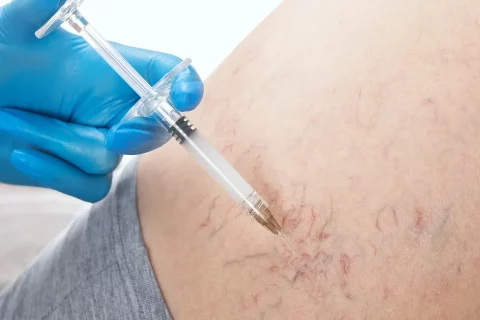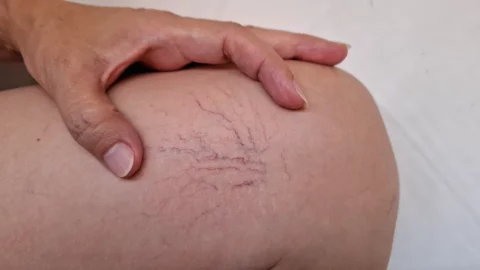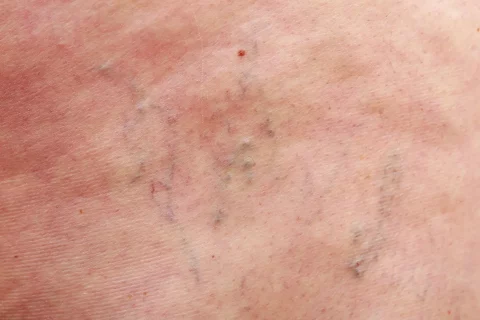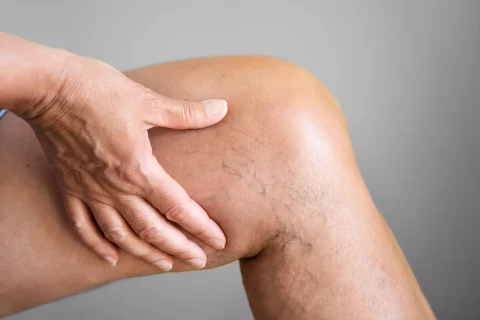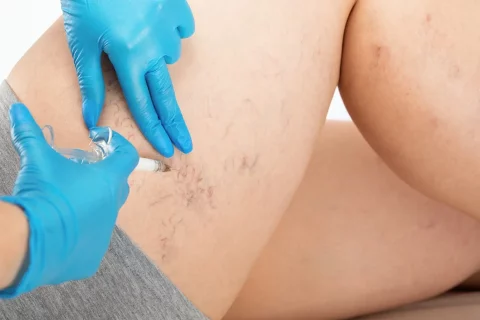Telangiectasia, also known as spider veins, are small dilated blood vessels near the surface of the skin. They can appear as red, blue, or purple veins and often look like spider webs or tree branches.
While usually benign, telangiectasia can be cosmetically unappealing or bleed easily when bumped or scratched. Fortunately, various effective treatments are available.
What Causes Telangiectasia and How Can I Tell if I Have It?
Telangiectasia results from permanently dilated capillaries and small venules. Contributing factors include:
- Genetics
- Pregnancy
- Hormone changes
- Sun damage
- Aging
- High blood pressure
- Previous radiation treatment
- Liver disease
- Certain medications like corticosteroids
Telangiectasia can develop on the face, neck, chest, arms, legs, and mucous membranes inside the mouth or nose. They may appear as tiny red or purple thread-like lines, spider-shaped groups of vessels, or blush-colored patches. Telangiectasia are usually distinct from reticular veins and varicose veins. A dermatologist can confirm the diagnosis upon examination.
I Want to Get Rid of My Telangiectasia – What Treatments Are Available?
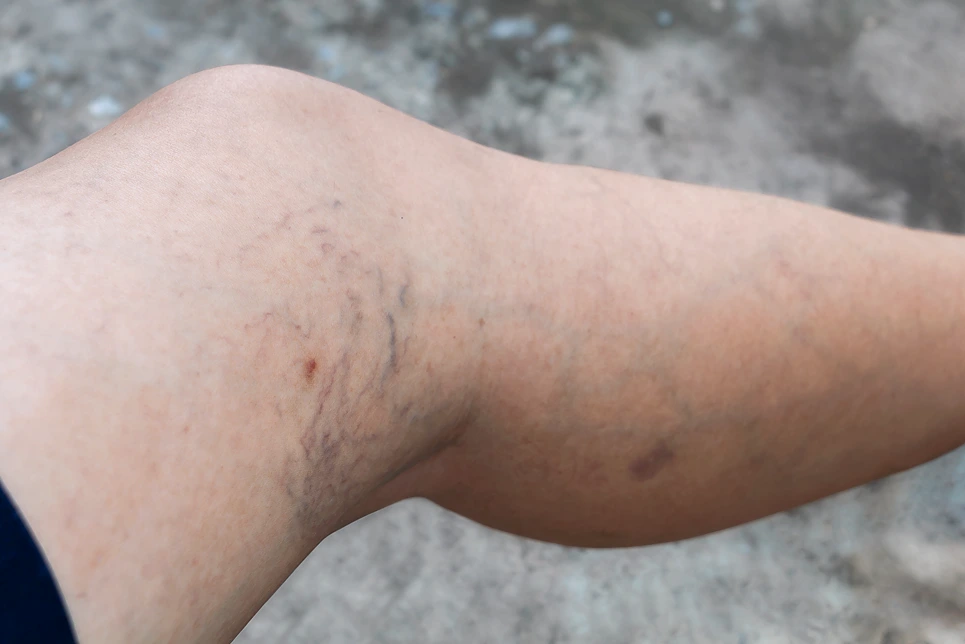
Several options exist for diminishing the appearance of telangiectasia, including:
Sclerotherapy
Sclerotherapy is the most common treatment for telangiectasia on the legs. It involves injecting a sclerosing agent like saline or polidocanol into the vessels.
The solution irritates the lining of the vein, causing it to swell, stick together, and block off blood flow. Over time the vessel turns into scar tissue and fades. Multiple sessions may be required for optimal results.
Laser Therapy
Laser treatment uses focused light energy to selectively damage spider veins. Pulsed dye lasers and Nd:YAG lasers work best as they target blood vessel hemoglobin.
Intense pulsed light (IPL) devices are also effective for superficial facial telangiectasia. The vein eventually absorbs and disappears. Cooling systems help protect the skin during treatment.
Thermocoagulation
Thermocoagulation uses radiofrequency energy to generate heat inside the veins, causing injury and clotting. A thin needle tip delivers the thermal energy directly into the vessel. Clearance rates between 50-100% have been reported using this approach.
Microphlebectomy
Microphlebectomy involves direct removal of telangiectatic veins through small incisions in the skin. Using tiny instruments and hooks, the vein is separated from the dermis and extracted. Only minimal scarring occurs due to the small access sites.
How Do I Know Which Telangiectasia Treatment is the “Best” One for Me?
Factors that determine the optimal treatment method include:
- Location – Laser therapy works especially well for facial telangiectasia. Sclerotherapy tends to be preferred for leg veins.
- Vein size – Lasers effectively treat small vessels under 1 mm wide. Sclerotherapy works better for larger veins.
- Skin type – Darker skin types have higher risk of laser-induced pigmentation changes.
- Surface vs. deep veins – Superficial telangiectasia respond best to laser therapy. Sclerotherapy can reach deeper reticular veins.
- Cost – Insurance may cover sclerotherapy but not always laser procedures.
- Convenience – Lasers and IPL don’t require needles, which some patients prefer.
An experienced vein specialist will evaluate all these factors to recommend the ideal treatment plan for your individual needs and desired outcome. Combination therapy is sometimes performed as well.
Where Can I Find a Doctor or Specialist to Perform Telangiectasia Treatment?
It’s important to have telangiectasia treatment done by an experienced professional to ensure the best results. Options include:
- Dermatologists – Extensively trained in diagnosis and treatment of skin conditions. Look for one with a focus on cosmetic procedures.
- Vascular surgeons – Specialize in diseases of the circulatory system including veins.
- Plastic surgeons – Experts in cosmetic procedures and minimizing scars.
- Laser clinics – Use the latest technology and specialized devices for vascular lesions. Verify the qualifications of the staff.
- Vein centers – Offer a wide range of vein treatment options, often under one roof for convenience.
Be sure to verify board certification and don’t hesitate to ask about the provider’s specific experience with telangiectasia patients. You can check reviews but give priority to word-of-mouth referrals from trusted sources.
Will My Treatment Hurt? Are There Potential Side Effects I Should Consider?
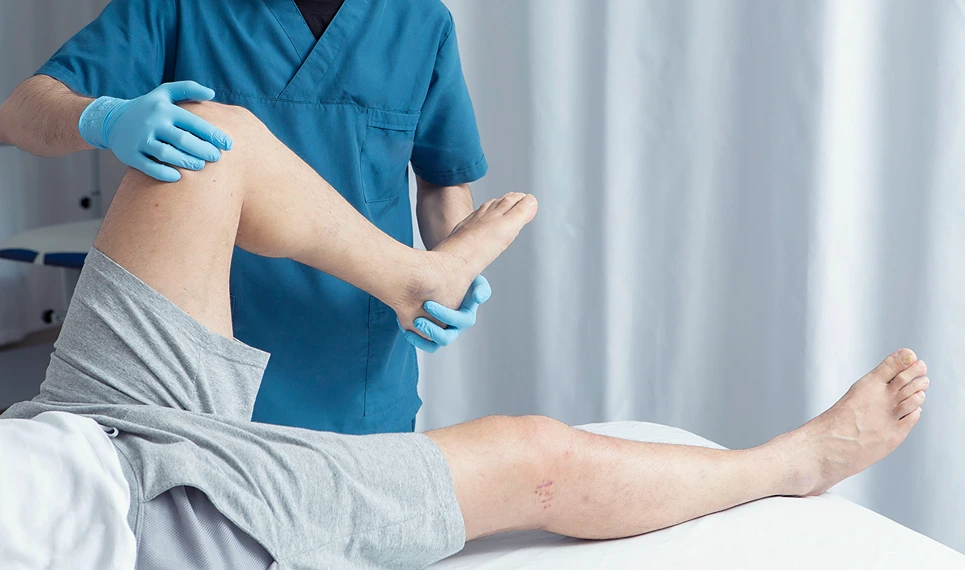
The procedures are relatively quick and comfortable overall. Some common side effects include:
- Pain – Temporary stinging or cramping during injections. Lasers involve minimal discomfort.
- Bruising – Common for a week or two after sclerotherapy. Keeping legs elevated helps minimize.
- Hyperpigmentation – Darker skin is more prone to possible discoloration.
- Scarring – Rare with properly performed microphlebectomy.
- Blistering or burns – Uncommon side effects of aggressive laser treatments.
- Vision problems – Extremely rare complication of sclerotherapy entering the bloodstream.
Reputable providers carefully monitor for any adverse effects during procedures and post-treatment healing. Follow all post-procedure instructions carefully to support optimal results.
Can I Do Anything to Prevent Getting More Telangiectasia After My Treatment?
While new telangiectasia may eventually form, certain measures can help minimize risks:
- Use sunscreen when outdoors and avoid excessive sun exposure
- Keep skin well moisturized
- Maintain a healthy weight
- Follow a nutritious diet and stay hydrated
- Avoid skin damage from harsh products
- Wear compression stockings to support healthy circulation
- Don’t smoke cigarettes
- Have regular dermatology checkups
Catching new spider veins early allows for prompt treatment before they expand or multiply. Let your provider know if you notice new telangiectasia cropping up.
The Bottom Line: Which Telangiectasia Treatment is Right for You?
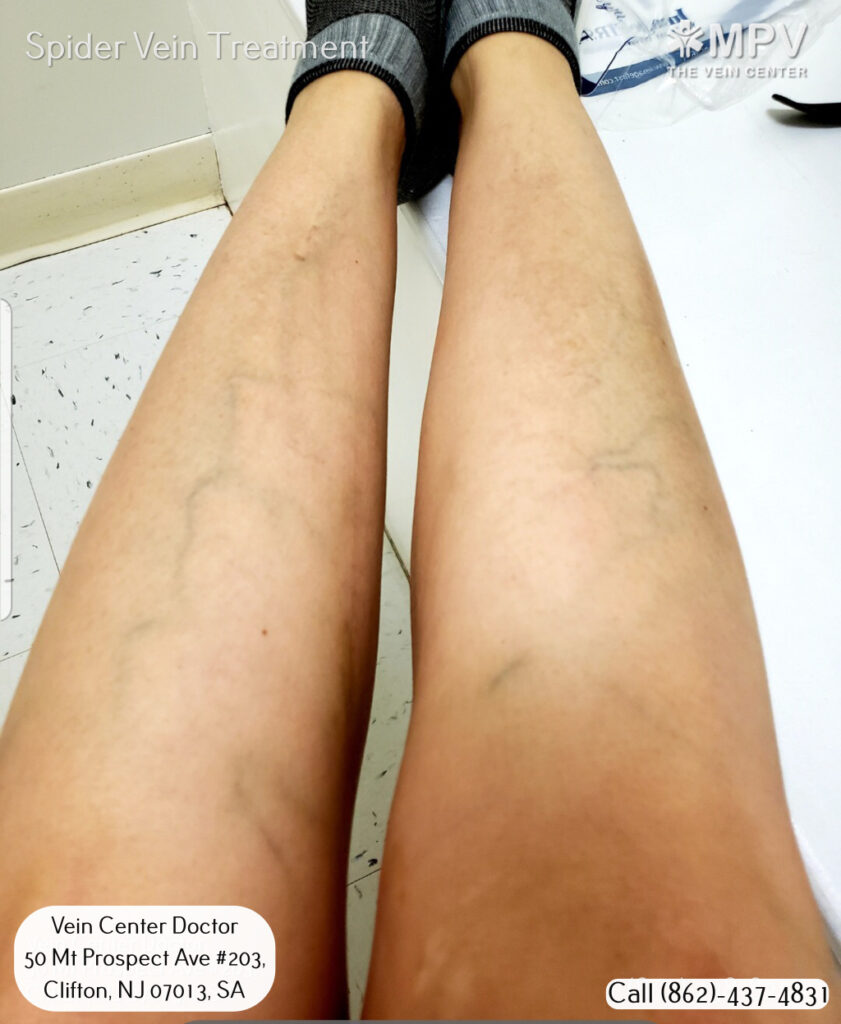
Visible spider veins and telangiectasia on the skin surface can effectively be treated for cosmetic and functional reasons.
Modern options like sclerotherapy and laser therapy offer convenient options with minimal downtime.
Working with an experienced vein specialist is the key to determining and undergoing the best treatment approach for your individual needs and desired outcome.


